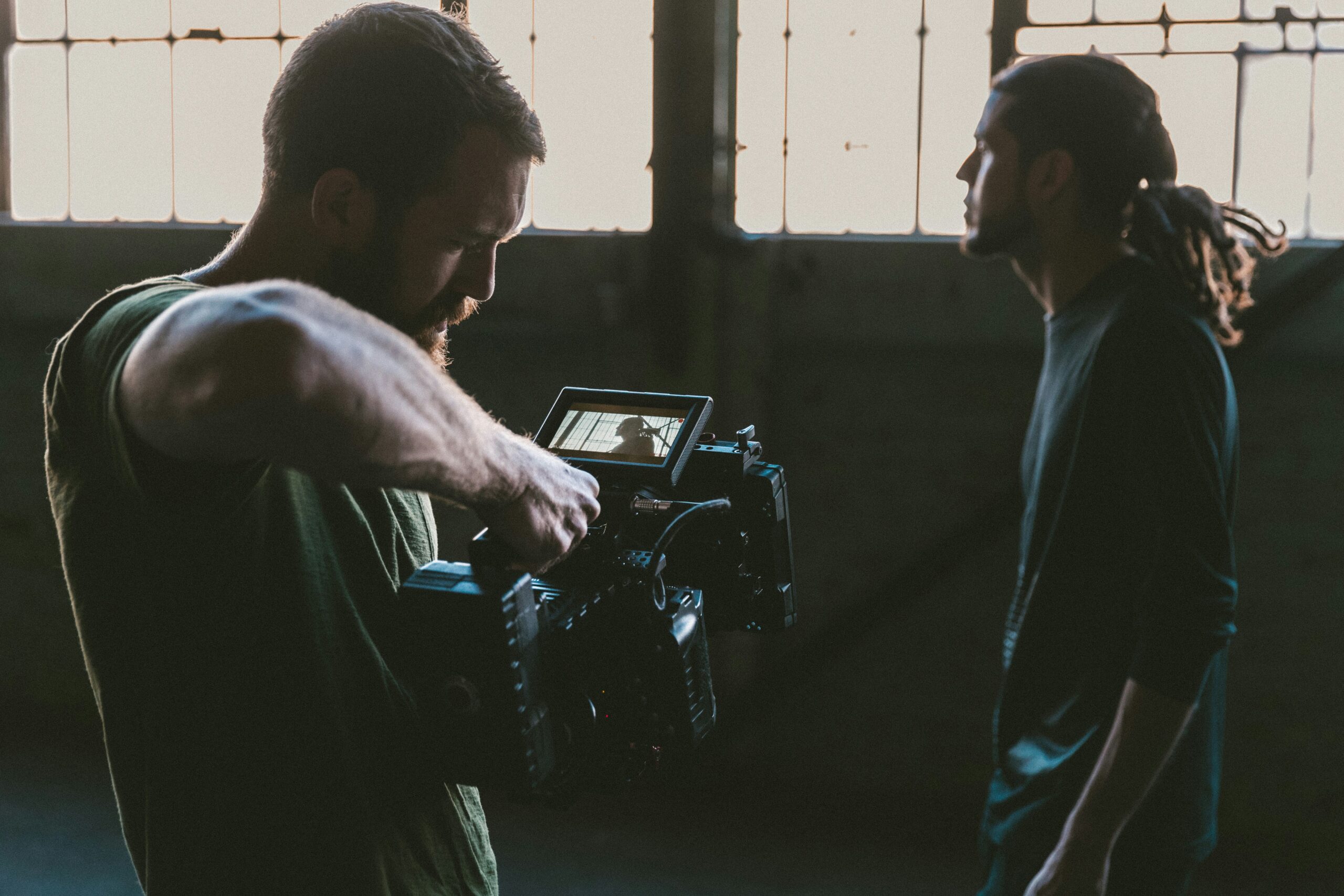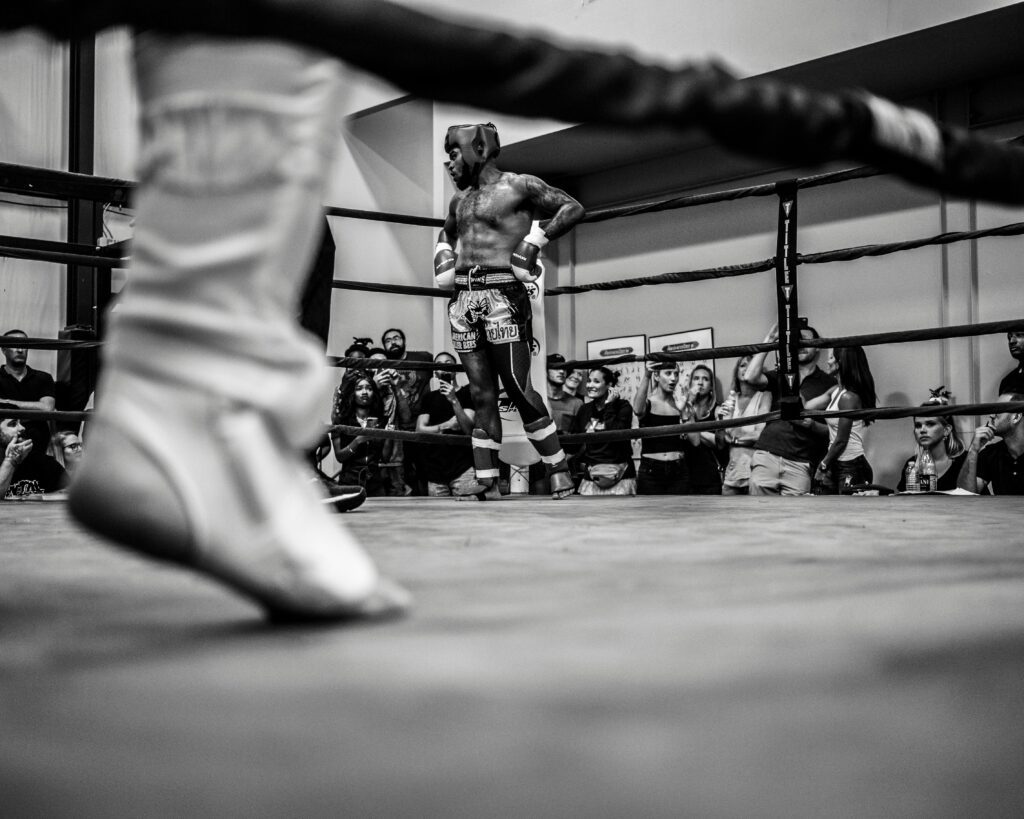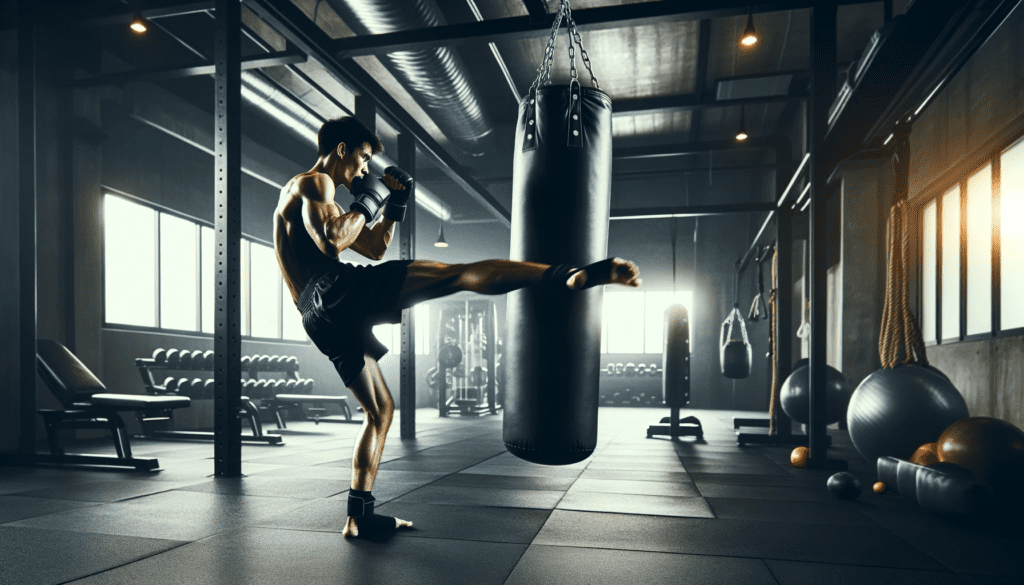Cultural Significance of Muay Thai in Film
Muay Thai is not just a martial art—it embodies the heart and soul of Thai culture. In cinema, Muay Thai serves as a powerful storytelling device that shapes authentic Thai narratives and attracts audiences globally. Over the decades, Muay Thai has represented courage, perseverance, and national pride in Thai films, making it an essential component of cultural narratives in Thailand and beyond. This article explores Muay Thai’s portrayal in Thai films, its impact on storytelling, and its role in shaping global perceptions of Thai culture.
Muay Thai as a Cultural Symbol in Thai Cinema
Muay Thai’s role in Thai cinema extends beyond a mere demonstration of combat—it’s a symbol deeply rooted in Thai traditions, history, and resilience. Since the early 20th century, Muay Thai has appeared in Thai films to symbolize the fighting spirit of the Thai people, reflecting their historical battles and triumphs. From local folklore and historical epics to modern-day struggles, Muay Thai serves as a metaphor for personal growth and national pride.
“Ong-Bak: Muay Thai Warrior” (2003) was one of the first major Thai films to capture international attention. Directed by Prachya Pinkaew and starring Tony Jaa, “Ong-Bak” became a landmark due to its raw depiction of Muay Thai, showcasing not only its techniques but also the warrior spirit willing to sacrifice everything for community and culture.
The Evolution of Muay Thai in Storytelling
The evolution of Muay Thai in Thai cinema parallels the development of the martial art itself. In the 1980s and 1990s, films like “Sema: Warrior of Ayutthaya” and “The Legend of Suriyothai” incorporated Muay Thai in historical contexts, emphasizing its role in Thailand’s struggles for independence. These movies portrayed Muay Thai as an essential part of the nation’s fight for freedom.
In the 2000s, Thai cinema began featuring Muay Thai in more contemporary, urban contexts. Films like “Born to Fight” (2004), directed by Panna Rittikrai, portrayed Muay Thai as a tool for social justice, used by marginalized groups to overcome systemic injustice and oppression. More recently, films like “Brotherhood of Blades” (2016) and “Muay Thai Chaiya” (2007) have highlighted the personal struggles of Muay Thai fighters, presenting their journey as a means to find purpose, stability, or redemption.
Muay Thai’s Influence on Global Cinema
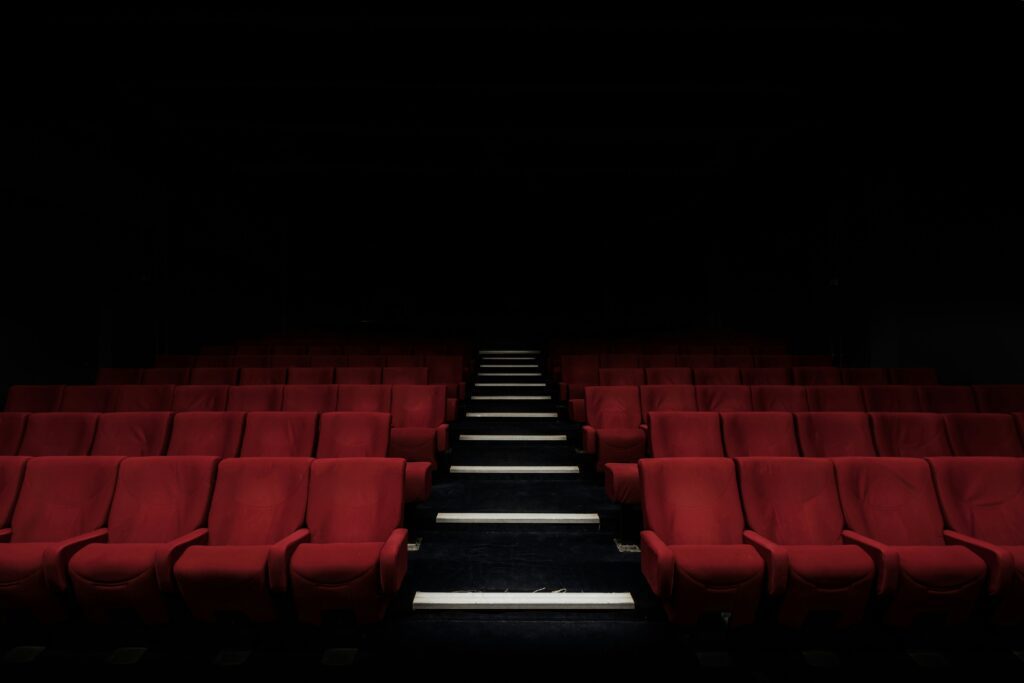
The portrayal of Muay Thai in Thai cinema has had a significant influence on global cinema. “Ong-Bak” was instrumental in bringing Muay Thai to an international audience, inspiring numerous filmmakers to include Muay Thai techniques in their fight choreography. Hollywood has also embraced Muay Thai, as seen in movies like “The Protector” (2005) and major franchises like “John Wick,” where Muay Thai techniques are prominently featured. The dynamic and intense style of Muay Thai is ideal for adrenaline-filled action sequences that captivate global audiences.
This global interest is reflected in the rise of foreign Muay Thai practitioners and the establishment of Muay Thai training camps worldwide. The cinematic portrayal of Muay Thai, focusing on athleticism, discipline, and the fighter’s mentality, has inspired martial artists across the globe. This portrayal has also contributed to an appreciation of Thai culture, serving as an important cultural export.
Cultural Impact of Muay Thai Films on Thailand
Muay Thai’s portrayal in cinema has had a significant cultural impact within Thailand, as well. Thai cinema has used Muay Thai to reinforce national identity, especially during times of political or social instability. During such times, films that celebrate Muay Thai and traditional values resonate strongly with audiences, reminding them of the strength and resilience of the Thai people.
Muay Thai films have also inspired a new generation of Thais to reconnect with their heritage. Watching Tony Jaa perform breathtaking stunts with authentic Muay Thai techniques has encouraged many young people to train in the sport, seeing it as a way to defend themselves and a link to their cultural roots. This resurgence in interest has led to the popularity of Muay Thai schools across Thailand and government initiatives to preserve and promote Muay Thai as a critical part of the country’s cultural heritage.
Additionally, Muay Thai has become a symbol of opportunity for young Thais from disadvantaged backgrounds. Films like “Muay Thai Fighter” (2007) portray the sport as a means to escape poverty and improve one’s life, a message that resonates deeply with local audiences.
The Legacy of Muay Thai in Cinema
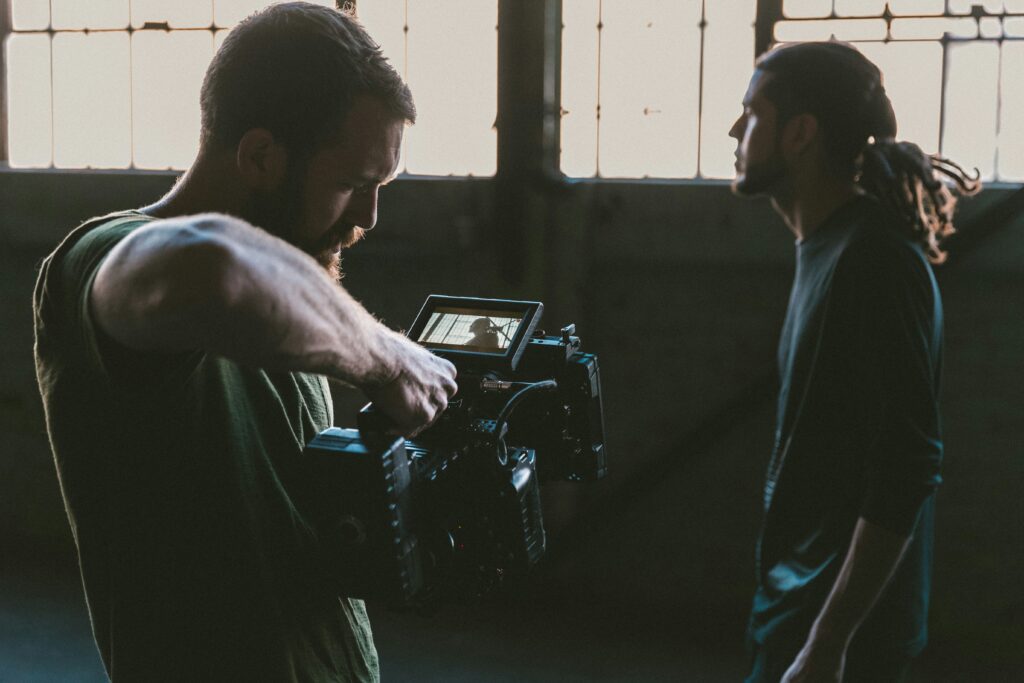
The portrayal of Muay Thai in Thai cinema has significantly shaped national identity and international perceptions of Thailand. From historical epics that celebrate the origins of the Thai people to modern dramas that explore the personal struggles of fighters, Muay Thai has become a key storytelling tool in Thai cinema.
Muay Thai is more than action choreography—it is a symbol of resilience, courage, and the pursuit of justice. Thai cinema has captivated global audiences, not only elevating Muay Thai but also showcasing Thai culture and values. In doing so, Muay Thai has earned a place on the global stage, not only as a martial art but as an integral part of Thailand’s cultural heritage.
As Muay Thai continues to evolve, its cinematic portrayal will reflect the ongoing struggles, aspirations, and values of the Thai people. It remains a testament to the power of film to preserve cultural identity and bridge gaps between nations, inspiring local and international audiences alike.


